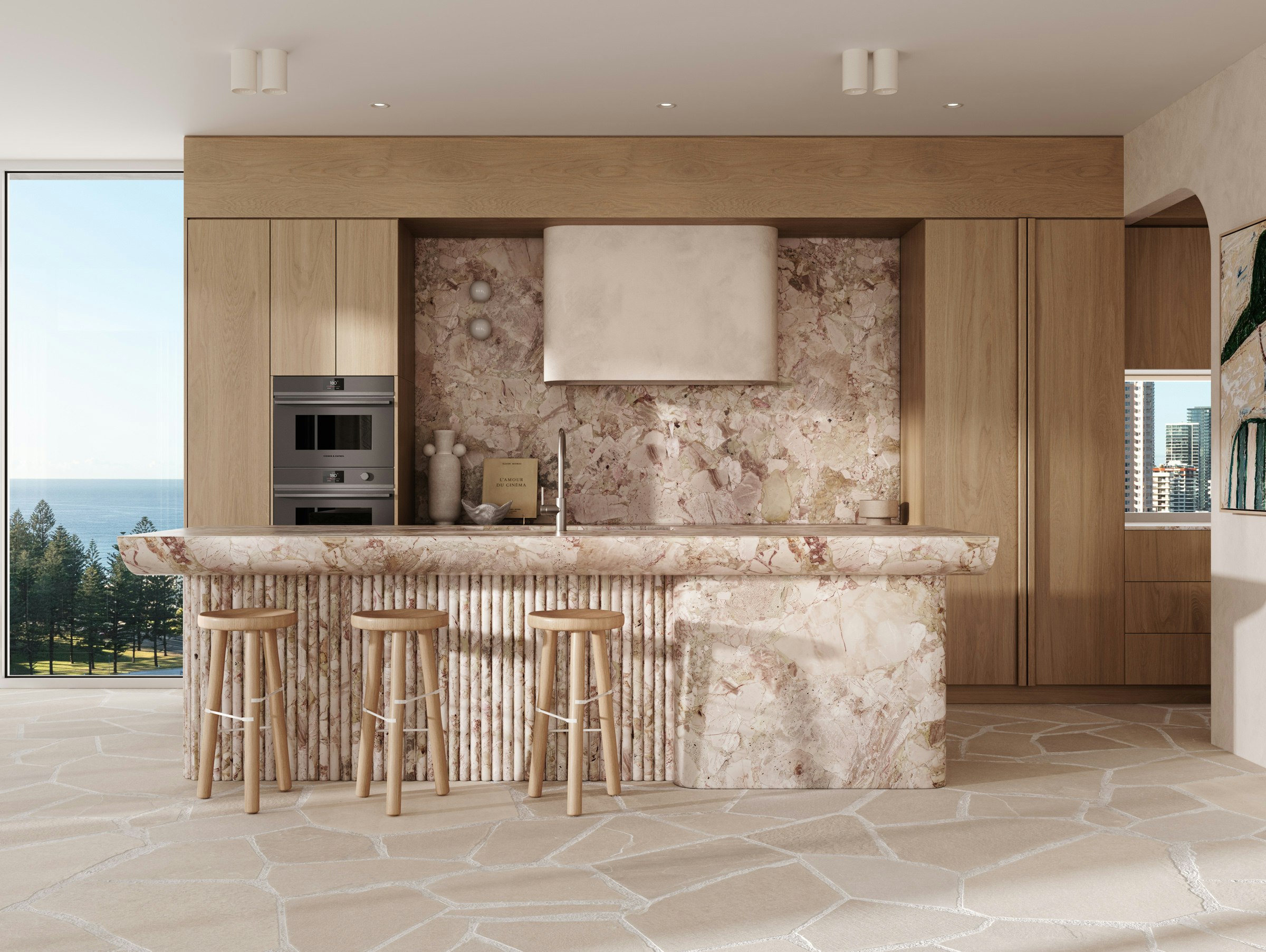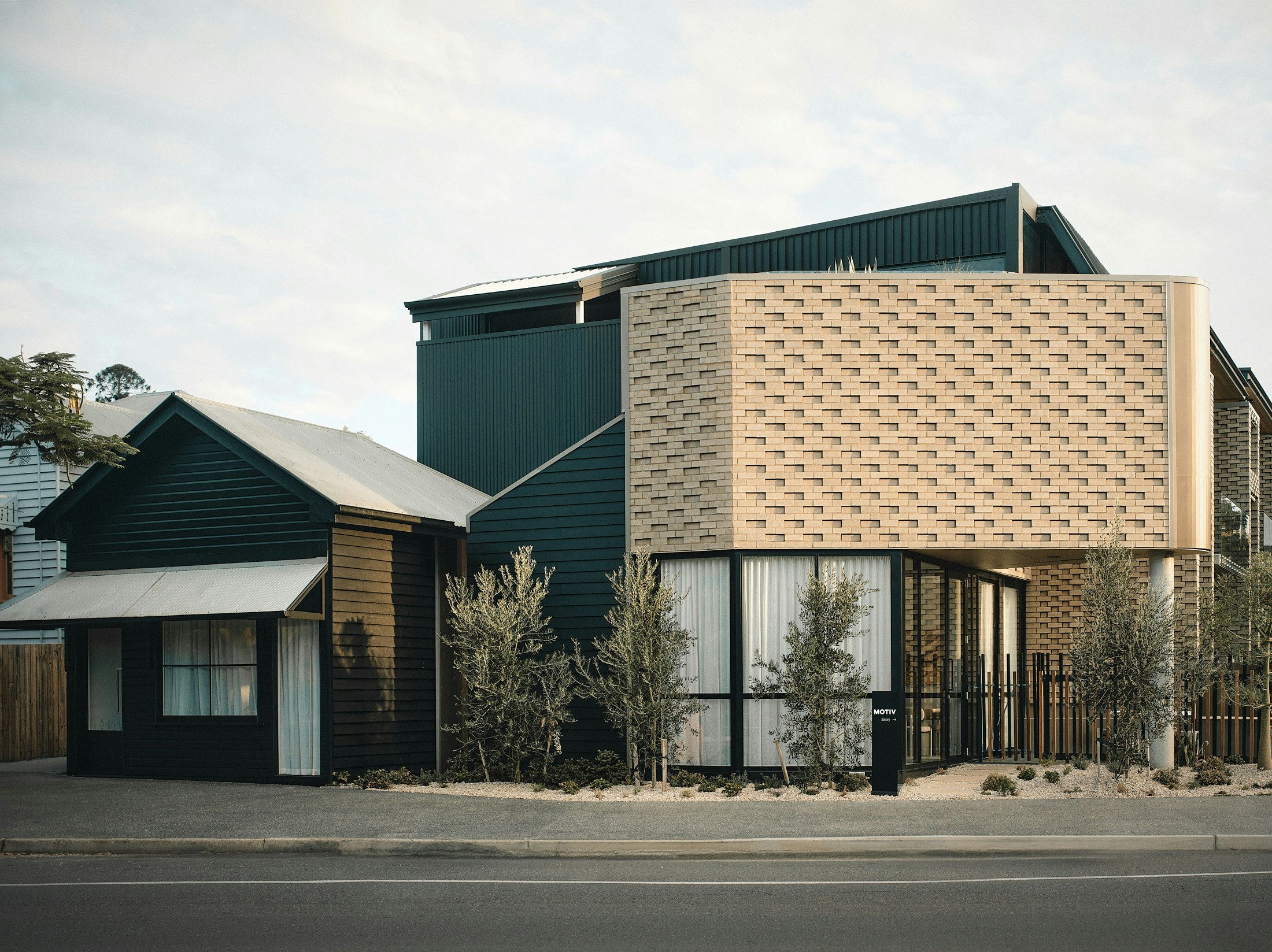Share
Southeast Queensland's multi-residential sector faces a construction crisis marked by rising costs, builder insolvencies, and buyer uncertainty, requiring developers to adopt transparent, innovative sales and marketing strategies to restore confidence and drive sales.

This is old news, but still very much relevant news - As we know, South East Queensland (SEQ) is currently facing a significant construction crisis that is impacting housing supply, particularly in the multi-residential development sector. After Arcadis’ recent report stipulating that Brisbane is tipped to see build cost rise by a further 34.4% between now and 2028, it seems we will continue to grapple with a complex set of challenges that have far-reaching implications for developers, builders, and consumers. Understanding these challenges and strategically planning sales and marketing campaigns is crucial for developers to navigate this turbulent period, that will continue.
What do our consumers query? And how is this impacting sales outcomes?
- No Builder Appointed: A Red Flag for Buyers
One of the key factors influencing buyer confidence is whether a builder has been appointed for the project. In the current climate, where builder insolvencies are making headlines, the absence of an appointed builder is often seen as a red flag. Buyers understand that without a builder, a project is little more than a concept, and the risk of non-delivery is significantly higher.
Developers who have not yet appointed a builder may face increased scrutiny from buyers, who will naturally wonder whether the project will ever break ground. Furthermore, if a builder is not appointed early in the sales process, buyers may question whether the developer has the necessary funding or builder relationships in place to see the project through to completion. This uncertainty can cause many would-be purchasers to delay committing, preferring to wait until more concrete progress is made before signing contracts or paying deposits.
- Financial Instability Among Builders
The financial stability of construction companies in SEQ is a growing concern. The industry has seen a spate of builders walking off sites or going into administration, leaving projects unfinished and creating uncertainty in the market. The reasons for this instability are multifaceted, including rising material costs, labour shortages, and fixed-price contracts that do not account for the current volatile market conditions. This trend has heightened consumer anxiety and cast a shadow over the reputation of the industry, making it harder for developers to instil confidence in potential buyers. - Sunset Date Delays
Developers are facing additional scrutiny over the deliberate extension of sunset dates. In some cases, developers are extending these dates to delay settlement or to back out of contracts, seeking to capitalise on property value uplift. While this may offer short-term financial gains for developers, it undermines trust and exacerbates negative sentiment among buyers. The media has been quick to spotlight these practices, further fueling public concern and skepticism about our industry. - Market and Media Gossip
The media plays a significant role in shaping public perception. Reports of builders going bust, project delays, and developer tactics are creating a narrative of instability and risk within the multi-residential sector. This negative sentiment affects buyer confidence and can lead an unfavourable sales velocity, as potential purchasers become wary of investing in off-the-plan developments. The impact of this media portrayal cannot be understated, as it influences both market dynamics and consumer behaviour.
Embrace a strategic approach, or lose
Given these challenges, developers need to adopt a strategic approach to sales and marketing to mitigate risks and reassure potential buyers. Here are our top
1. A loyal and strong brand stands out in market
The power of brand can’t be overstated. In a competitive market, gaining cut through against competitors starts with a unique, strong brand identity that positions the project for the right type of buyer. We cover this in more detail here.
2. Providing Transparent Timelines and Milestones
Transparency is key in gaining consumer trust. Developers should offer clear, realistic timelines for key project milestones—such as builder appointment, construction commencement, and completion dates—and stick to them. Regular updates to buyers on project progress, even before construction begins, can help maintain confidence. If delays occur, it is critical to communicate the reasons openly and outline the steps being taken to address them. Collaborating with reputable builders further strengthens consumer confidence.
Given the challenges with builder availability and stability, partnering with reputable, financially secure builders is crucial. Developers should conduct thorough due diligence to select construction partners with a proven track record of delivering high-quality projects on time and within budget. Highlighting these partnerships in marketing materials can reassure buyers about the project's reliability and quality.
3. Leveraging Media and Public Relations
Being at the forefront of public sentiment towards a project means having a strong PR team pushing the right messages, at the right time. Having a robust and proactive approach can extinguish concerns before they arise, with the ability to control the narrative around project teams and establishing a well-rounded profile for the development helps instil consumer confidence. As consumers go on to research projects this content stays online, allowing future prospects to feel comfortable they’re in safe hands. So often this piece of the puzzle isn’t regarded as important, but we see it as essential.
4. Innovative Sales and Marketing Campaigns
In today’s competitive construction market, it’s crucial for developers to adopt innovative sales and marketing strategies that not only attract buyers but also build trust and brand loyalty. Developers can stand out by embracing:
- Brand Association: By aligning with well-known or luxury brands, developers can elevate the perceived value of their projects, tapping into the brand’s loyal customer base. This approach also adds prestige and positions the development as an aspirational choice.
- Collaborative Approach: Partnerships with lifestyle brands, interior designers, or cultural influencers can create a unique identity for a project. Collaborative marketing strategies allow developers to broaden their appeal and resonate with a variety of consumers who associate themselves with the values these partnerships represent.
- Target Audience Alignment: To ensure the success of a project, it’s vital to align marketing efforts with the desires and needs of the target audience. For example, affluent downsizers or high-net-worth individuals may prioritize privacy, exclusivity, and convenience, while first-home buyers might focus on affordability, sustainability, and location. Customizing the campaign to these personas can lead to higher engagement and conversion rates.
- Digital Innovation: Utilizing virtual tours, augmented reality, and immersive online experiences can provide potential buyers with a sense of place and connection to a project before it’s completed. Engaging social media content, influencer collaborations, and data-driven digital campaigns are essential to capturing attention in an increasingly digital world.
5. Building a Strong Sales Narrative
A well-crafted sales narrative goes beyond highlighting the features and benefits of a development; it taps into a deeper emotional and aspirational appeal. Key elements to consider include:
- Project Positioning: To stand out in the market, developers need to position their projects not just as a place to live, but as a lifestyle choice. This could mean marketing a development as an oasis of tranquillity in a bustling city, or as the ultimate beachfront escape. The key is to create a narrative that speaks to the values and aspirations of potential buyers.
- Beyond Just the Product: It's not just about selling bricks and mortar; it's about selling a vision. The narrative should emphasize the long-term benefits of owning in the development, from the sense of community it fosters to the exclusivity and pride of ownership. This includes highlighting the project’s design ethos, sustainability credentials, and the legacy it creates in the local community.
- Storytelling Through Visuals: Images, videos, and renderings should all contribute to the story you're telling about the project. Consistency in the aesthetic and messaging helps reinforce the key narrative and makes the project memorable.




